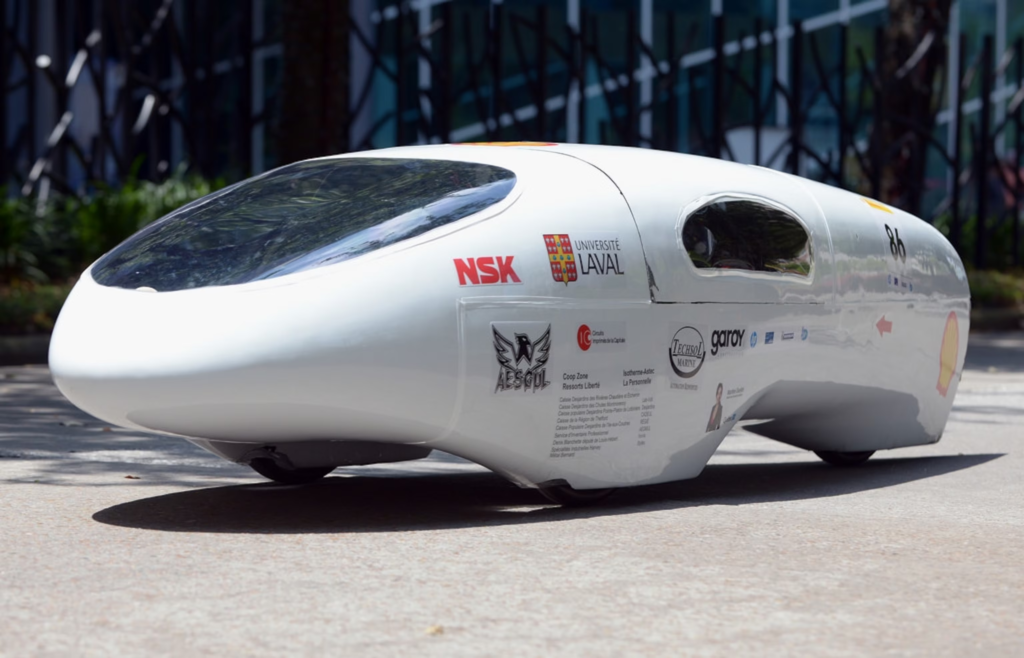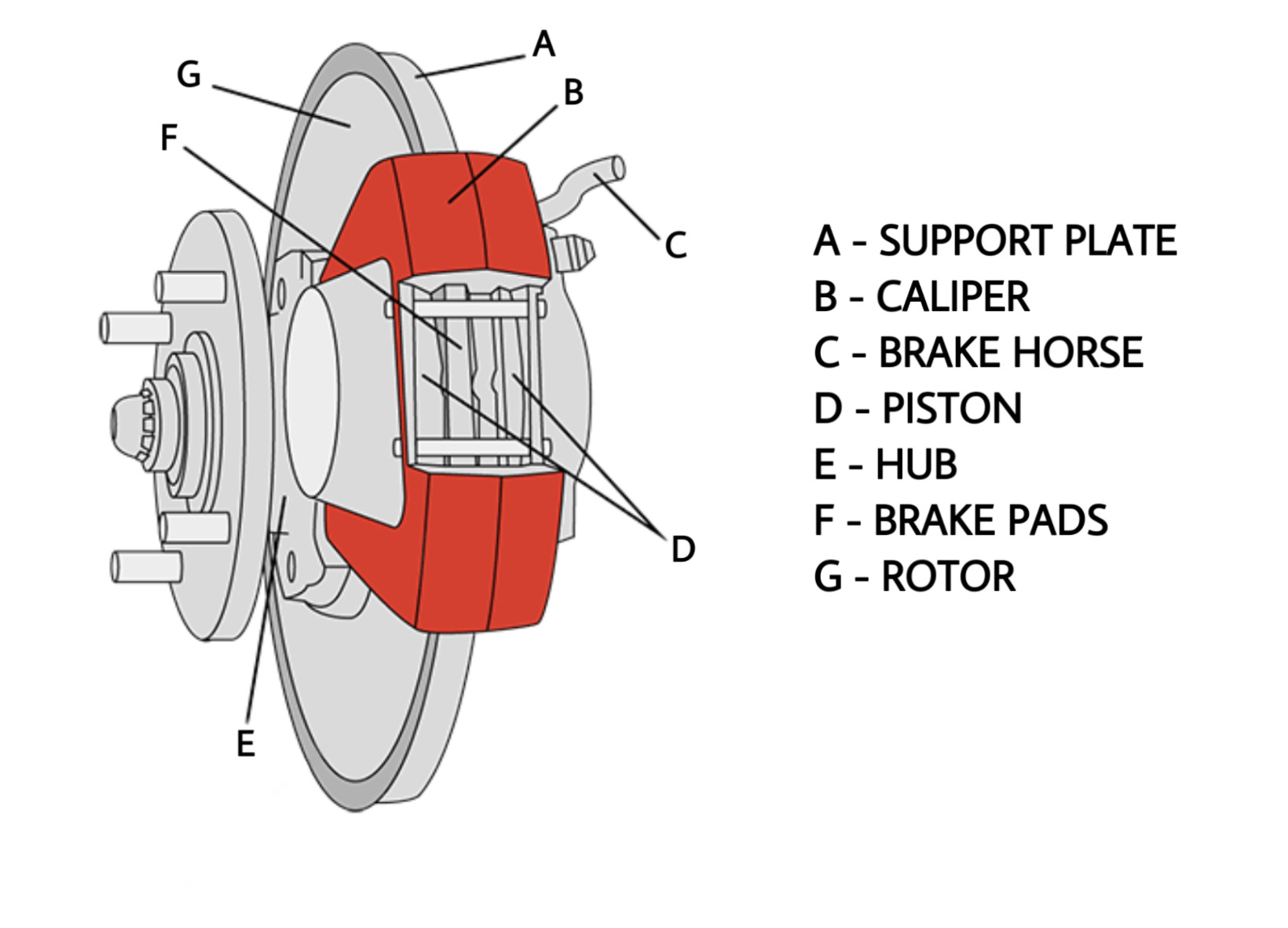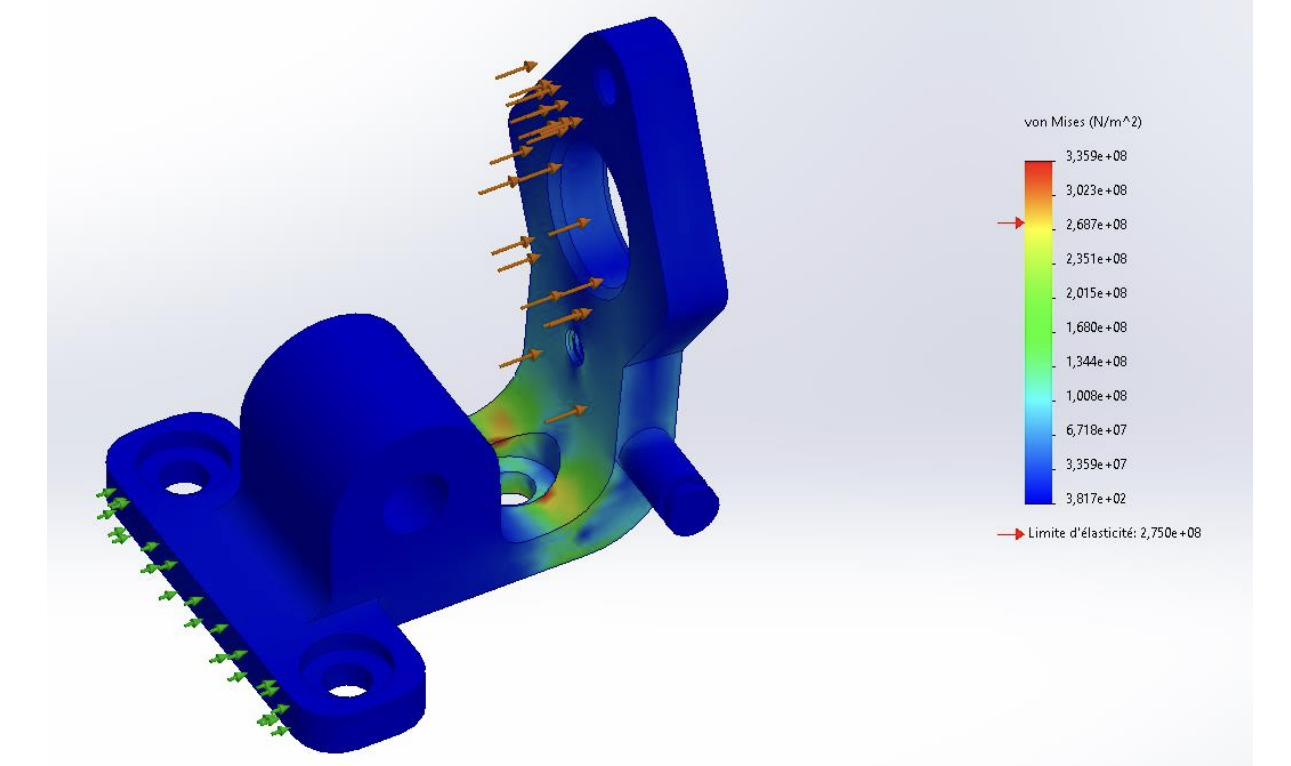
Alérion SuperMileage
Alérion Supermileage, a remarkable university engineering project, aims to design and construct a highly fuel-efficient single-seat automobile. Given the pressing energy crisis and the imperative to reduce greenhouse gas emissions, this project holds immense significance in achieving global energy efficiency objectives.
Project Deatils
Duration : 3 months
Client : Laval University
Team membres : Team Awesome (4 membres)
Deliverables : Braking system for Shell Eco-marathon

Introduction
In pursuit of an optimized braking system for a student competition in 2024, our team took the initiative to redesign the Alérion SuperMileage braking system to enhance performance, reliability, and maintainability while ensuring compliance with Shell Eco-marathon rules.
Project Goals
Our mission aimed to enhance the braking system of the Alérion SuperMileage vehicle by addressing key performance, reliability, and cost challenges. Our redesign focused on optimizing deceleration, improving system durability, and ensuring compliance with competition requirements while staying within budget constraints :
- Performance Optimization: Ensure the vehicle can decelerate from 20 km/h to a complete stop within 4 meters, meeting competition requirements.
- System Redesign: Address existing issues with fatigue, inefficiencies, and maintenance challenges by redesigning the pedal, master cylinder, and fluid reservoir.
- Durability and Reliability: Extend the system’s lifespan to withstand over 10,000 braking cycles.
- Cost Efficiency: Develop a cost-effective system within the $600 budget constraint.

Study Features
Our design process incorporated key improvements in component performance, durability, and ease of maintenance to ensure an efficient and reliable braking system :
- Enhanced Pedal Design: Optimized the pedal geometry for better leverage and reduced driver effort, incorporating durable aluminum 6061-T6 for strength and lightweight performance.
- Compact and Modular: Achieved compact dimensions while maintaining ease of assembly and maintenance.
- Improved Master Cylinder: Designed with a single compression chamber and high-efficiency cup seals to maximize fluid pressure and ensure system reliability.
- Simulation and Testing: Conducted fluid pressure tests and finite element analysis to validate system performance and identify stress concentrations.

Results and Insight
The redesigned braking system was evaluated for performance, durability, and usability, ensuring compliance with competition standards. Through simulations and testing, key improvements were validated to enhance efficiency and reliability.
- Reliable deceleration: Optimized braking dynamics ensured a stopping distance within 4 meters, meeting competition requirements.
- Robust design: Finite element simulations confirmed the system’s ability to withstand over 10,000 braking cycles without failure.
- Enhanced maintainability: A well-structured design simplified assembly and maintenance, making it more user-friendly and reliable.
- Optimized fluid pressure: Refinements in the 3D model and system architecture minimized pressure loss and reduced component deformation.
Challenges and Limitations
The development of the braking system faced various technical, financial, and regulatory challenges, requiring strategic adjustments and iterative design improvements. These constraints influenced key engineering decisions and shaped the final system.
- Budget Constraints: To stay within the $600 budget while ensuring high performance, careful selection of materials and components was required.
- Manufacturing Complexity: Balancing manufacturability with performance improvements required close collaboration with the university workshop and several design iterations.
- Strict Competition Rules: All designs had to comply with Shell Eco-marathon regulations, limiting certain configurations and materials.

Project Outcomes
Beyond the technical improvements, this project provided valuable insights into effective analysis and communication. It enhanced our ability to structure and present complex engineering concepts efficiently, both in written reports and verbal presentations. These are some of the outcomes highlighting the practical skills and knowledge we gained through in that experience :
- Effective Analysis Methodology
We developed a structured approach to analyzing braking performance by combining tests, simulations, and theoretical validation to identify and optimize weaknesses.
- Clear and Concise Communication
The project improved our ability to present complex ideas quickly and effectively, ensuring clear and impactful communication in meetings and presentations.
- Technical Report Structuring
We refined a methodology for organizing theoretical and technical analyses, emphasizing clarity in design choices and data interpretation for a technical audience.